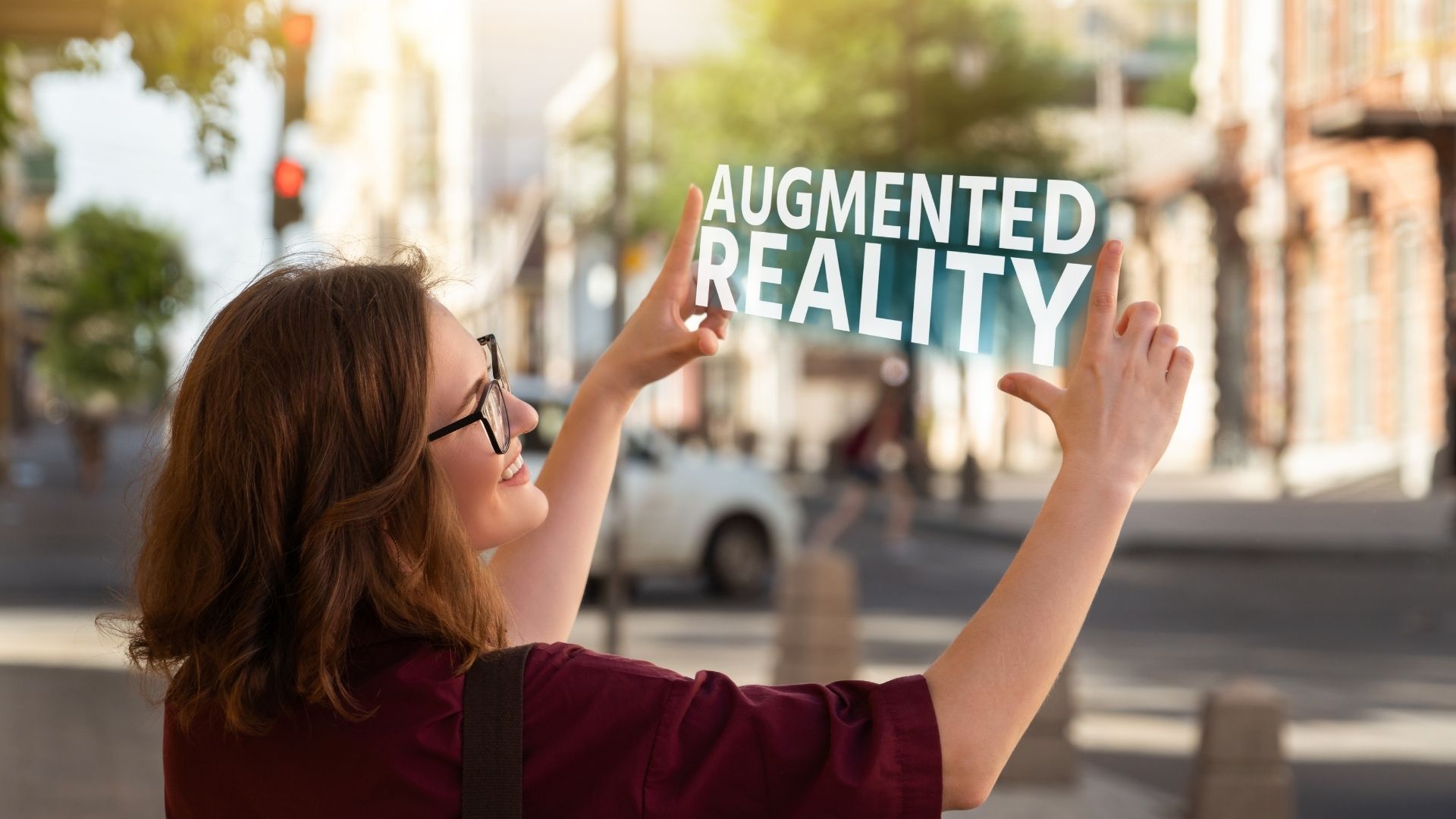
Creating Real-Life Learning Experiences: Augmented Reality in Education
Learn how to use augmented reality in education through courses and an LMS.

Learn how to use augmented reality in education through courses and an LMS.
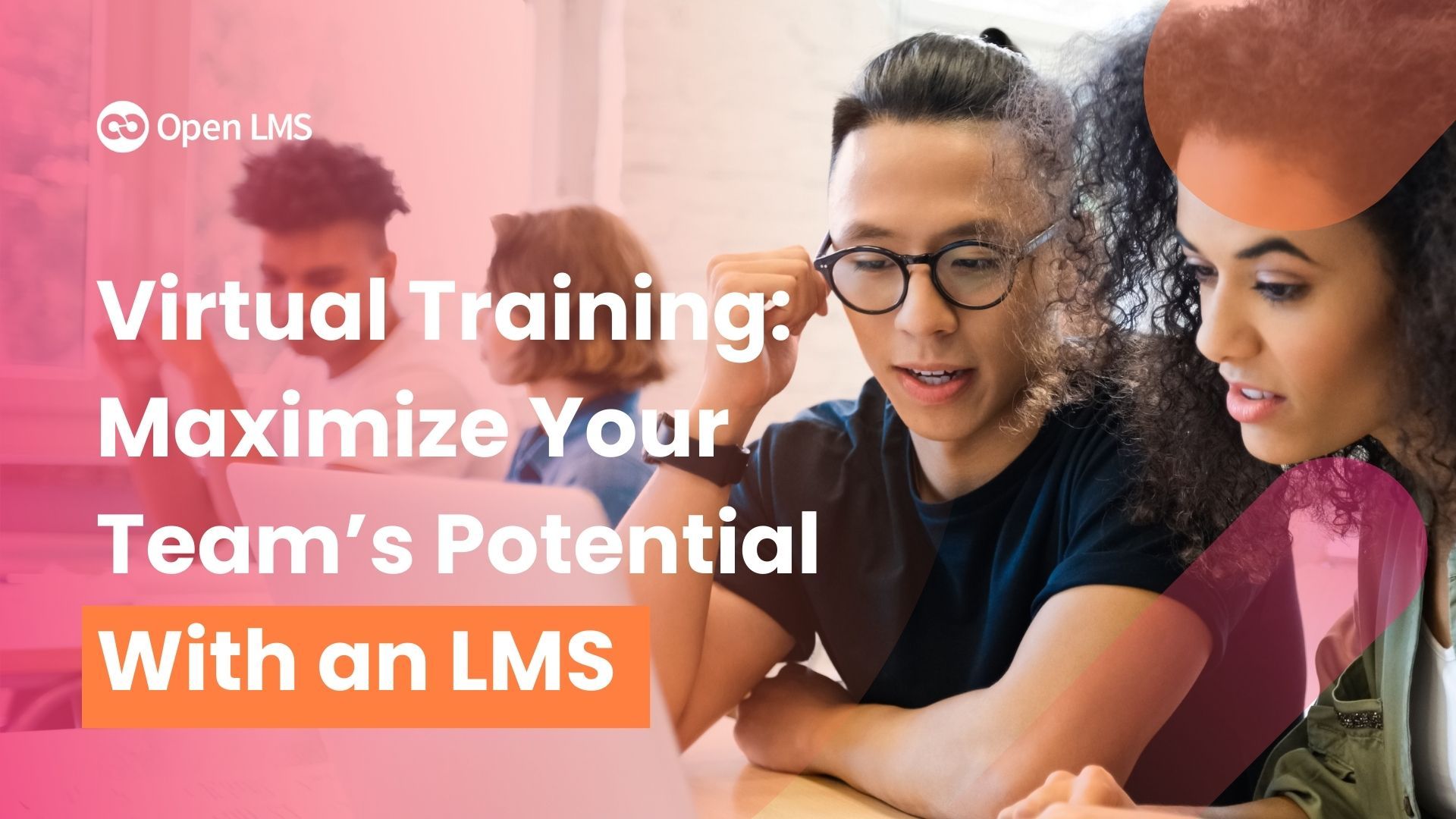
Learn the tools and techniques to effectively using virtual training for the good of your team and ROI.
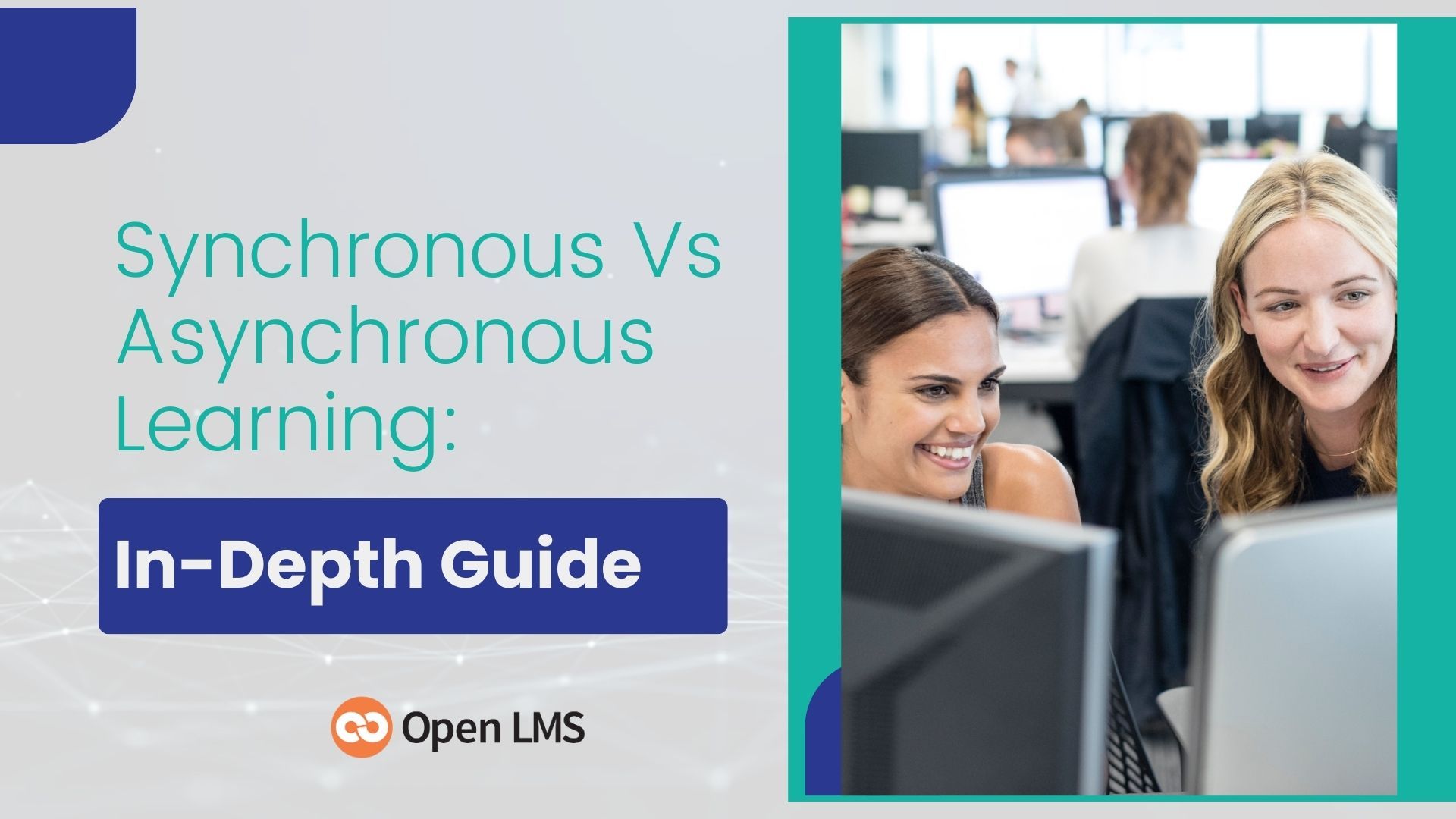
Find out the difference between synchronous and asynchronous learning and which one is the best option for your organization or educational institution.
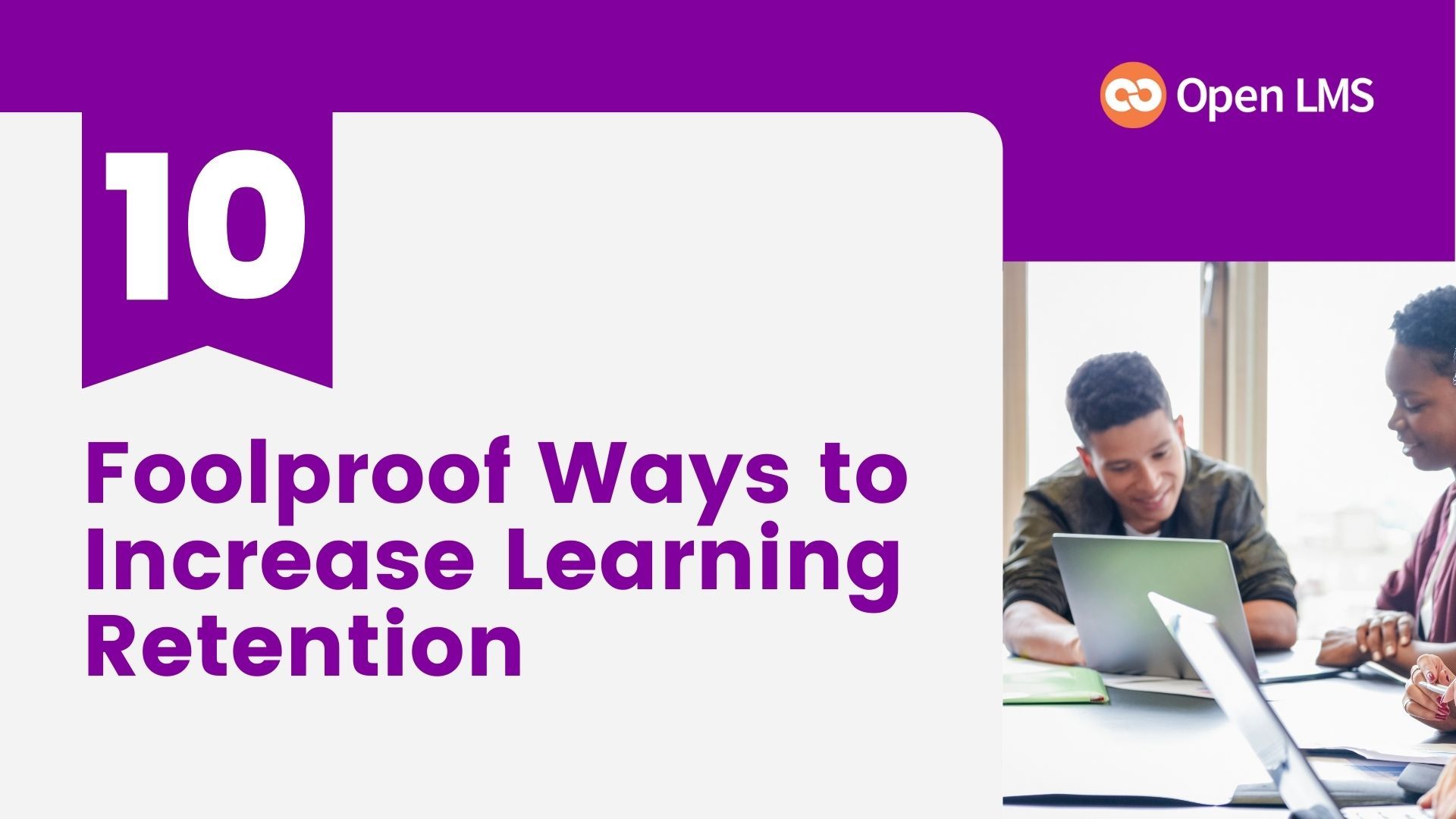
Learning retention can be challenging for your learners. Discover 10 quick strategies to increase retention in your online courses.
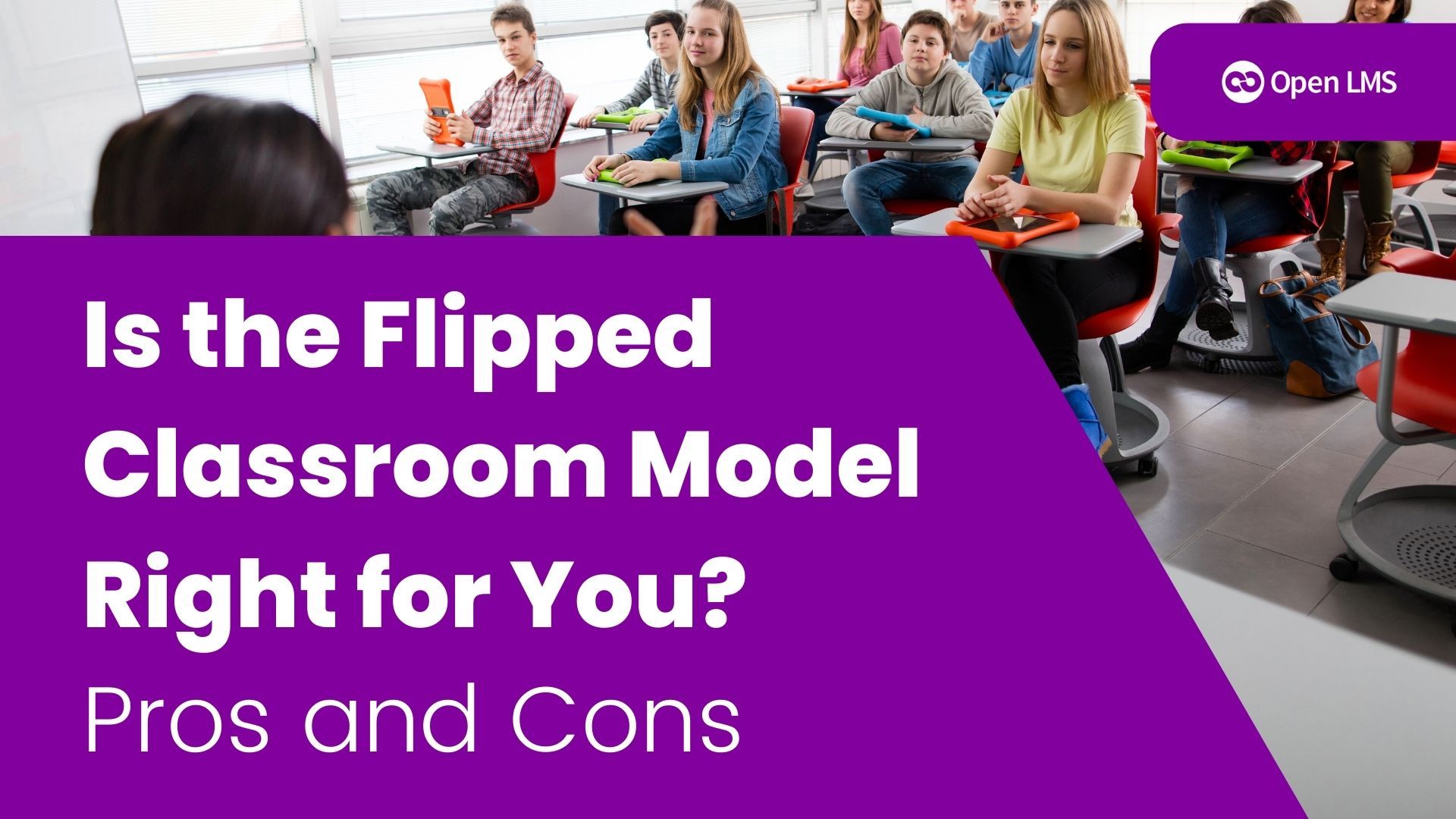
Discover the advantages of a flipped classroom model, where class time is reserved for practicing new concepts and reading is done at home. Find out more.
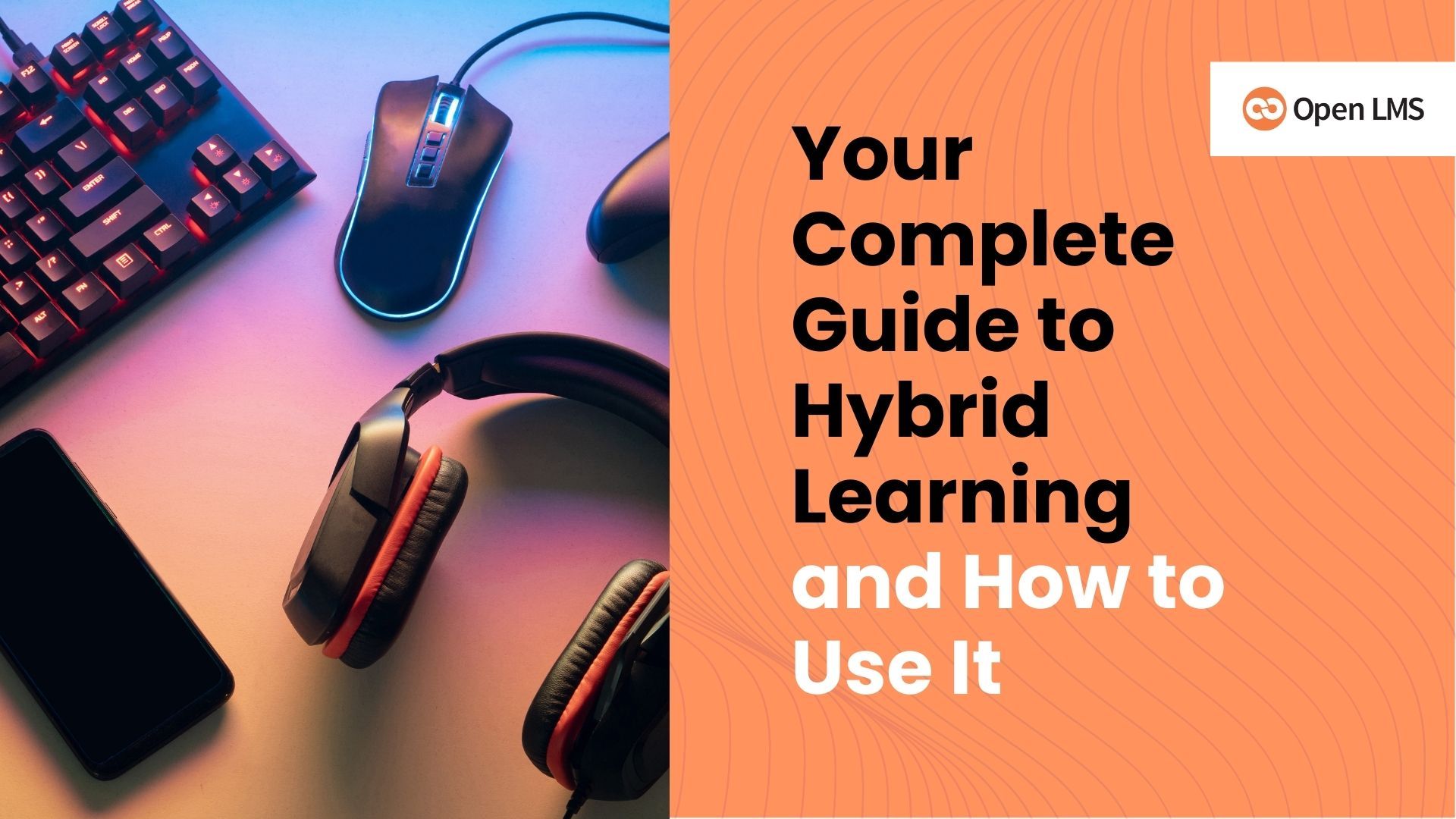
What is Hybrid Learning? How to Implement a Hybrid eLearning Strategy One of the great benefits of the technological boom that has happened across all sectors within the last half-century is the development of digital learning and training solutions for every phase of life.
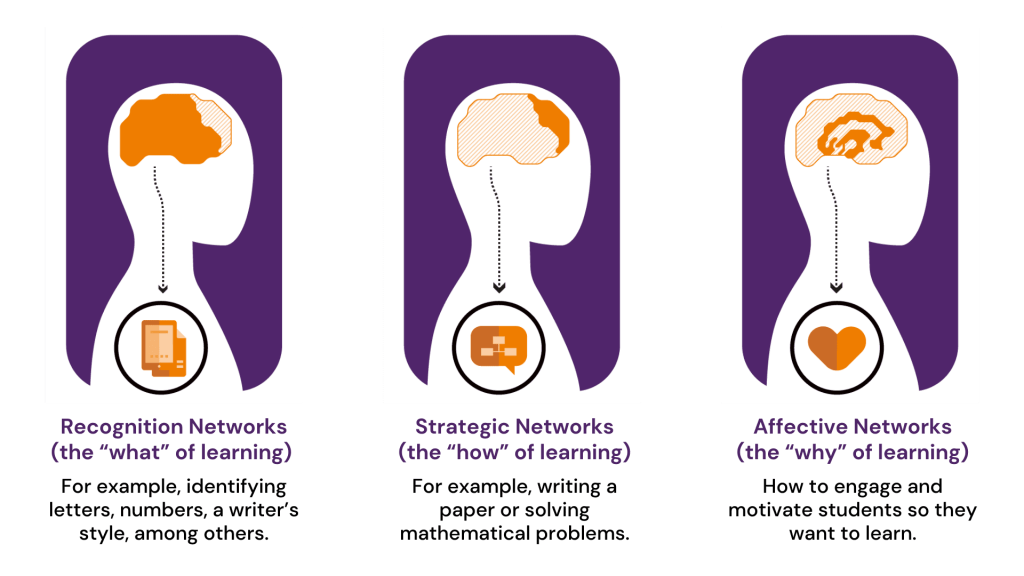
Teachers and professors work hard to help guarantee students make the most out of their classes. Universal Design for Learning (UDL) is one way to maximize learning for pupils. By following UDL’s three principles—Recognition, Action & Expression, and Engagement—along with a diverse set of practices, there’s a better chance at student success.
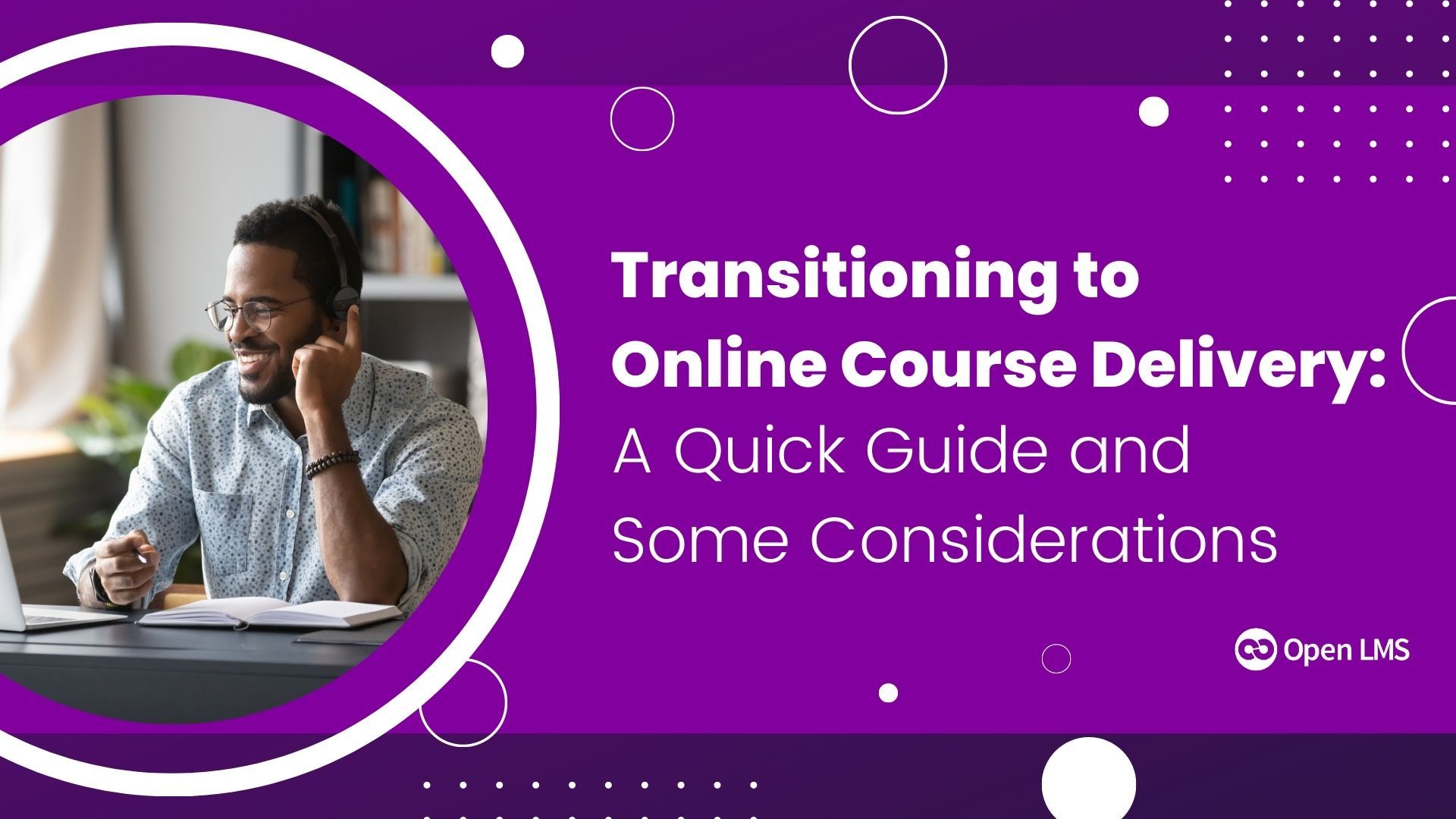
Institutions and organizations are switching to online learning as a way to provide a better learning or training experience for their students and employees. Naturally, they expect to accomplish this transition as smoothly and quickly as possible, without slowing down their regular workflow.

John Whitmer, Ed.D., Learning Analytics and Research Director, Blackboard Inc.